Due to the frequent events of food-borne illness outbreaks worldwide, consumers and companies are beginning to understand the need for proper food processing and production.
The great thing about food preservation is that it was practiced in almost every culture at nearly every point in time. Ancient man had to use nature’s resources to survive; he would put seal flesh on the ice in cold climates to freeze. In hot climates, he exposed food to the sun to dry it.
What are the two kinds of preservation techniques?
The ingredients and procedures we use as preservatives to keep our food safe and shelf-stable. Chemical and physical preservation are the two main methods used to preserve food.
To keep food safe and fresh, you must add specific ingredients to the food and the packaging it comes in. Humans have used chemical preservation for thousands of years; examples of foods that have undergone chemical preservation include yogurt, sauerkraut, and kimchi.
Physical preservation uses various methods to protect food quality, including salt curing, chilling, smoking, drying, and more. Humans have used physical methods of food preservation for as long as chemical processes have. One such instance is smoking and drying meats, vegetables, and other foods.
These methods are not mutually exclusive; we frequently need to combine chemical and physical preservation strategies to produce the safest food items with the fewest additional chemicals and processes. A notable illustration of the hybrid preservation strategy is canned food.
Origins of food preservation
Food naturally starts to spoil as soon as it is harvested. Ancient man’s ability to establish roots, settle down, and create communities was facilitated by food storage. He may keep some of the kill or harvest for later use instead of having to devour it right once. Each culture used the same fundamental food preservation techniques to maintain its local food supplies.
Drying
Ancient food would have spontaneously dried from the sun and breeze. As early as 12,000 B.C., evidence suggests that Middle Eastern and eastern societies were drying food in the blazing sun. More traces of later cultures can be found, and each would have methods and materials that would reflect their sources of sustenance.
Fruits and vegetables have also been preserved by drying since ancient times. The Romans especially loved any form of dried fruit they could produce. In the Middle Ages, “still homes” were purposefully constructed and used to dry fruits, vegetables, and herbs in places with little direct sunshine. The heat required to dry foods and, in some cases, smoke them was produced by a fire.
Freezing
An obvious preservation technique in suitable temperatures was freezing. Any region that saw below-freezing temperatures for even a tiny portion of the year used the temperature to preserve food. Temperatures below freezing were employed to extend storage periods. Cellars, caves, and cool streams were used well for that reason.
In America, icehouses were constructed on estates to store ice and food. The “icehouse” quickly changed to an “icebox.” Mechanical refrigeration was created in the 1800s and put to use right away. Clarence Birdseye discovered in the late 1800s that meats and vegetables tasted better after being quickly frozen at shallow temperatures. After some time, he refined his “rapid freeze” procedure and wholly changed this food preservation technique.
Fermenting
Not invented, but instead found, is fermentation. Undoubtedly, the first beer was discovered when a few barley grains were left outside in the rain. The starch-derived sugars were fermented into alcohol by opportunistic bacteria. The same is true for fruits fermented into wine, cabbage made into kimchi or sauerkraut, and other foods. It is impressive how adept ancient peoples were in observing, controlling, and promoting these fermentations. Some anthropologists think that around 10,000 BC is when humans transitioned from being wandering nomads to farmers who grew barley for beer. Both the beer and the alcohol were divine. It was revered as a divine gift.
It was used to make more appealing dishes out of less desirable materials. It could not only preserve food but also produce more nutrient-dense foods. Vitamins can be produced by the microorganisms that cause fermentation. As a result, the final product from the ingredients is more nutrient-rich.
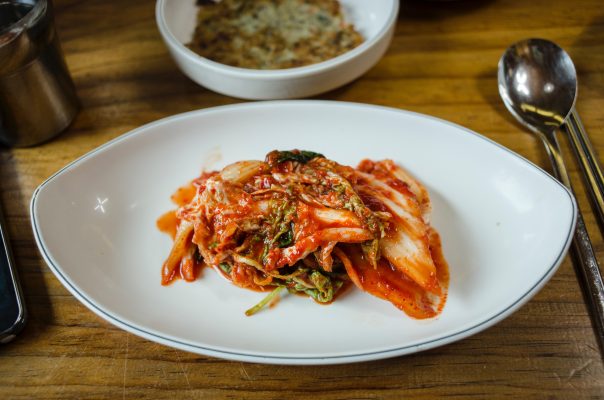
Pickling
Foods are preserved in vinegar during pickling (or other acids). To make vinegar, starches or sugars must ferment into alcohol, then converted to acetic acid by certain bacteria. Vinegar is frequently made from wines, beers, and ciders.
Given that wine and beer have low pHs and were once used to preserve food, pickling may have developed when the wine or beer soured, and the food inside tasted good. Since metal pots would dissolve when exposed to vinegar, stoneware or glass was required for containers.
Due to the introduction of new foods into Europe in the sixteenth century, food preservation dramatically increased. Ketchup was originally an Asian fish brine transported via the spice trade to Europe and ultimately to America when sugar was added. These pickling sauces were made using innovative formulas that used spices. Chutneys relishes, piccalillis, mustards, and ketchup soon became accessible to everyone.
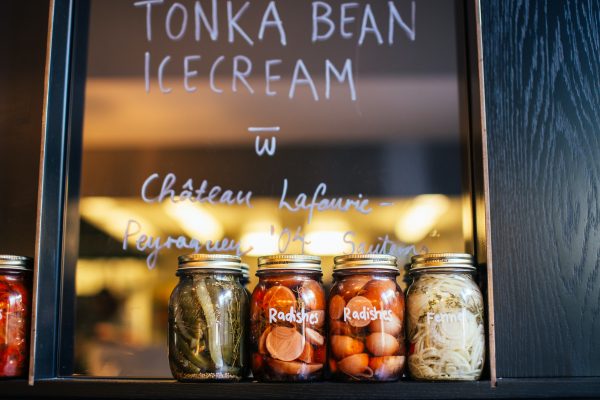
Salting
Since salting draws out moisture and kills bacteria, it was the most popular method of preserving almost any kind of meat or fish. Salt can also be used to keep vegetables, but pickling them was more typical. Salt was used as a preservative in two different ways to preserve food. Brine-curing, in which meat is soaked in salt water, and dry-salting, in which the meat or fish is covered in salt.
To dry-salt meat, it was necessary to press dry salt into the meat before placing the pieces in a keg-like container with dry salt completely encircling each one. Meat might last for years if preserved in this manner during cold weather, which slowed down the decomposition while the salt had time to take effect. Vegetables were also kept by being layered in salt and put in a receptacle that could be sealed, like an earthenware crock.
Smoking
Another typical method of preserving meat, mainly fish and pork, was smoking. Meat would be sliced into fairly thin, lean strips, temporarily submerged in a salt solution and hung over a fire to slowly dry while absorbing the smoky aroma. On rare occasions, meat might be smoked without salt, primarily if the wood used to burn it had a distinct flavor. Salt was nevertheless handy since it deterred flies, prevented bacteria development, and accelerated moisture evaporation.
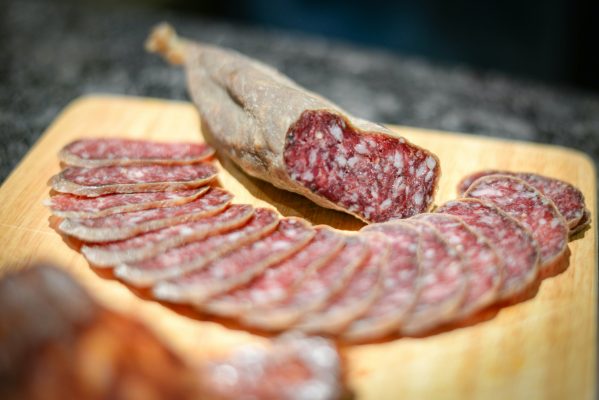
Canning
Foods are put in jars or cans and cooked to a temperature that kills bacteria and inactivates enzymes in the canning process. The heating and subsequent cooling create a vacuum seal. Other bacteria cannot recontaminate the food inside the jar or can, thanks to the vacuum seal.
The process of canning food was first developed in the 1790s when Nicolas Appert, a French confectioner, found that heating food in tightly closed glass bottles prevented food from spoiling. If it works for wine, why not foods, he reasoned. The French Navy successfully tested Appert’s principles on various meals, including meat, vegetables, fruit, and even milk, around 1806. In 1810, Englishman Peter Durand employed tin cans using Appert’s techniques.
Appert had discovered a fresh and effective way of food preservation, but he did not fully comprehend it. It was believed that the exclusion of air caused the preservations. The connection between microbes and food spoilage/illness was not made evident until Louis Pasteur made it in 1864. Raymond Chevalier-Appert developed the pressure retort (canner) in 1851, allowing for canning at temperatures higher than 212oF, just before Louis Pasteur made his discovery. However, the importance of this technique to Clostridium botulinum wasn’t understood until the 1920s.
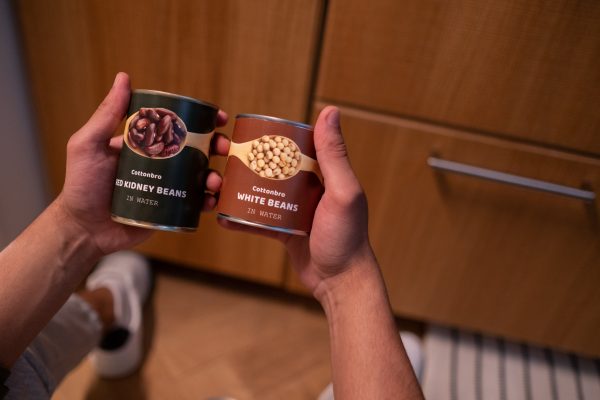
What are common chemical preservatives?
Common antimicrobial preservatives work by preventing the growth of bacteria, yeasts, and molds from lessening food microbiological deterioration. The ingredient and the goods it usually preserves are listed below.
- sorbic acid, sodium sorbate, sorbates: cheese, wine, baked goods, and more
- benzoic acid, sodium benzoate, benzoates: jams, salad dressing, juices, pickles, carbonated drinks, soy sauce, and more
- sulfur dioxide, sulfites: fruits, wines, and more
- nitrites, nitrates: meats
- lactic acid: yogurt, kefir, cottage cheeses, and more
- propionic acid, sodium propionate: baked goods, and more
Antioxidants are often used to stop oxidation. The ingredient and the goods it usually preserves are listed below.
- ascorbic acid, sodium ascorbate: cheese, chips, and more
- butylated hydroxytoluene, butylated hydroxyanisole: oils, packaging, and more
- gallic acid, sodium gallate: wines and more
- sulfur dioxide, sulfites: beverages, wines, and more
- tocopherols (Vitamin E): oils, cereals, and more
Is food preservation safe?
According to the U.S. FDA, most people can safely use all the chemical and physical preservation methods we now employ. Consuming foods and food products in moderation is essential in life as it is in everything else.
Consuming only high-fat, high-sugar foods with preservatives will have detrimental long-term health effects. However, it is still unclear whether these adverse effects on health are due to using chemical preservatives in the authorized amounts or result from living a generally bad lifestyle. The impact of particular preservation chemicals on health is still being studied.
Food safety is a significant issue that researchers and the FDA work to guarantee are safe for everyone to consume. For food regulatory bodies to update their preservation standards and guidance based on science, researchers collaborate with them to discuss fundamental preservative discoveries.
Source:
- https://www.britannica.com/topic/food-preservation
- https://www.canr.msu.edu/news/food_preservation_is_as_old_as_mankind
- https://nchfp.uga.edu/publications/nchfp/factsheets/food_pres_hist.html
- https://www.foodsafety.com.au/blog/are-food-preservatives-safe
- https://www.canr.msu.edu/news/preservatives-keeping-our-foods-safe-fresh
- https://thenaturalfarmer.org/article/food-preservation-through-the-ages/

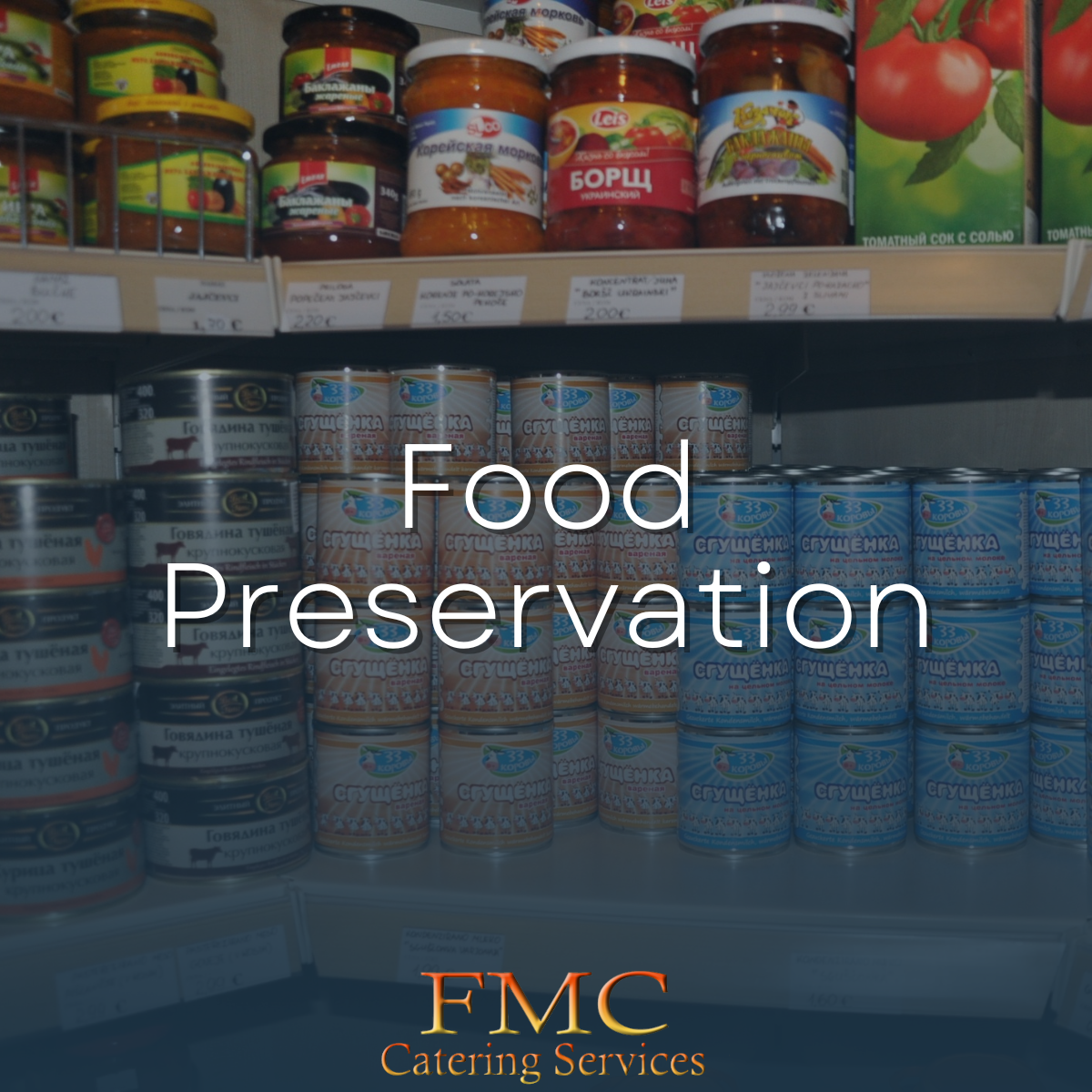
1 thought on “Food Preservation”